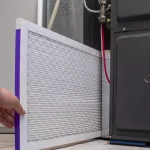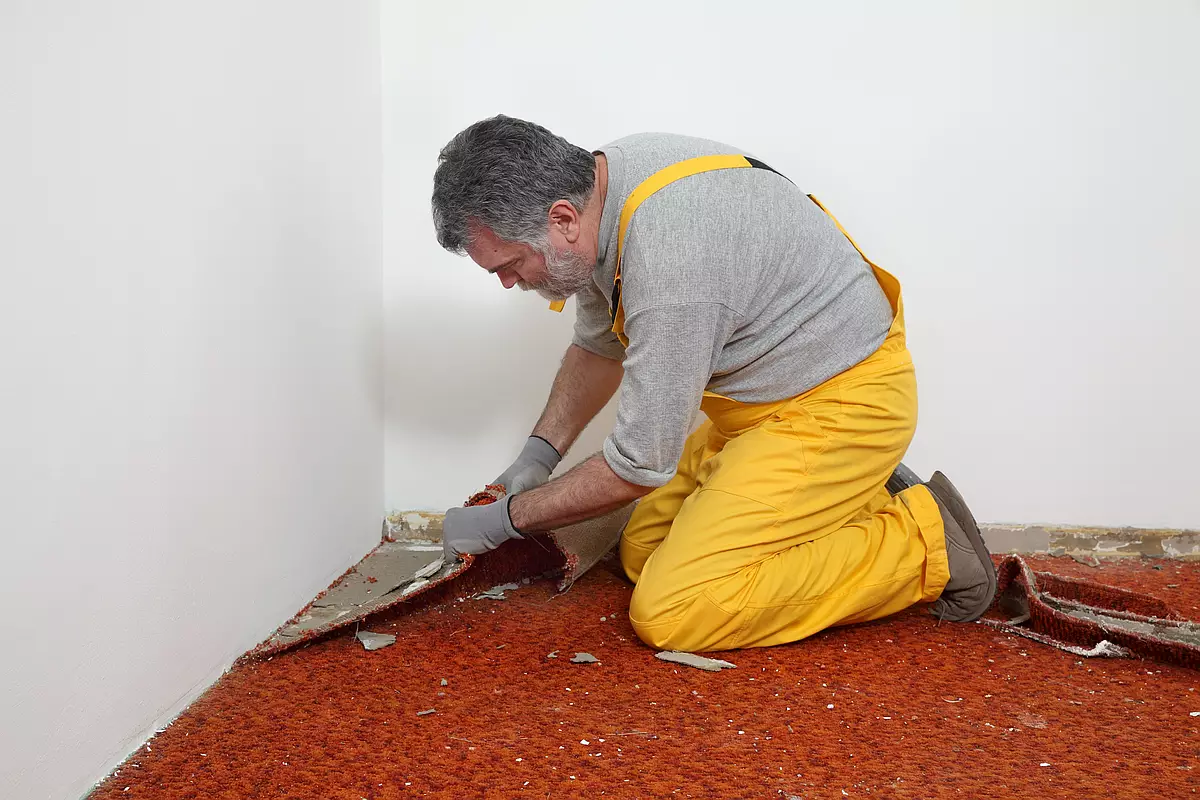Hardiplank also referred to as Hardie board, is a durable siding material that protects the home exterior. It is made of cellulose fibers, cement, and wood pulp. It is expected to last up to 50 years making it a better choice than vinyl and aluminum siding. Furthermore, Hardiplank can add a different look to your home and offer you longer warranties.
Despite all the potential and benefits of Hardiplank, one common trouble for homeowners with Hardiplank siding is locating the studs behind it. Studs are important for forming walls and holding different house components in places such as doors, windows, insulation, and more. They are also useful for installing different items on your house exteriors such as security lights/cameras, wall-mounted containers, mailboxes, and more.
Finding studs behind Hardiplank can surely test your patience, but there are many ingenious ways and tricks you can do to locate them more easily.
First of all, you can use a stud finder for convenience. You can also locate the studs from the interior of your home or use the exterior corners to find the stud placements. If none of these methods work, you may need to remove a part of your Hardiplank siding to locate studs.
Studs lie behind the Hardiplank and can be difficult to locate. Nevertheless, you can still find them using different methods and techniques.
Here are the most effective methods you can use to find studs behind Hardiplank.
Use a stud finder
A stud finder also called a stud detector or stud sensor is a small device used for locating studs behind wall surfaces. There are two main types of stud finders namely magnetic stud detectors and electric stud finders.
- Magnetic stud finder
To its name, a magnetic stud finder uses magnets to detect studs. A metal screw or nail attaches the drywall to the stud. When the magnetic stud finder finds these screws or nails, then you will also be able to identify where the stud is.
- Electronic stud finder
Electronic stud finders work by distinguishing the changes in the wall density. It functions by creating a magnetic field that sends a signal to the device when there are any changes in the wall density. The part of the wall where is stud is placed is more solid and dense.
Different stud finder features different mechanisms so always read the manual before using them. Nevertheless, here are the common steps you can follow to use a stud finder
Step by step guide on how to use a stud finder
- Step#1. Turn it on
- Step #2. Place the stud finder against the wall and sweep upward or horizontally
- Step #3. Depending on your device, it should light up or beep when it detects a stud
- Step #4. Mark the detected place of the stud
- Step #5. Drive a test nail to identify where the outside edges and center of the stud are.
Using a stud finder is the most convenient way of finding studs. However, the solid build of a Hardiplank can lessen the accuracy of stud finders. Before making changes or drilling into your Hardiplank, always drive a test nail first.
Locate the studs from the interior of your home
If you don’t have a stud finder, locating the studs from the interior of your house is a handy technique to use.
How to locate the studs from the interior of your home
With windows
Locating a stud near a window makes it easier to find the stud placement from the exterior of the house. To locate the studs from the window, you can follow the steps below.
- Step #1. Locate the stud near the window inside the house
- Step #2. Measure the distance between the edge of the glass and the stud
- Step #3. Use the same measurements and measure from the edge of the glass on the exterior of your house. This will lead you to the same stud you detected from the inside of your house.
Remember to always measure from the glass and not the trim on the windows. The dimensions of the trim on the windows may vary on the outside. The distance from the edge of the glass is more likely to be identical on both inside and outside.
Without windows
Locating a stud from the other side of the wall without windows can be a little tricky as it involves extra steps. But don’t worry, just follow the steps and you will surely be able to locate that stud.
- Step #1. Locate a stud near an inside corner of your house
- Step #2. Measure the distance from the inside corner of the wall to the stud.
- Step #3. Measure your wall thickness. Standard walls have a thickness that measures about 4.5 inches without siding. With studs and boxing, the wall thickness can go up to 5.25 inches.
- Step #4. Add the total thickness of the wall to the measured distance between the inside corner and the stud. For instance, if you measured 34 inches between the stud and the inner corner, add the measurement of your wall thickness. That is 34 inches + 5.25 inches. This gives you 39.5 inches.
- Step #5. Measure your siding according to your calculated sum starting from the outer corner of your house exterior.
Use exterior corner to find the stud placements
More often than not, builders use an outside corner as a reference point for framing walls. Typically, they use 16 or 24 inches from the outside corner. Using the same measurement, you may be able to locate the studs, This method doesn’t always work because builders can start framing from the other end of the house. However, it is still worth a try.
If your house has an unfinished basement or crawl space, you can check the joist layout below. Oftentimes, the studs sit directly over the floor joists. If you can see the studs from the floor joists, you may be able to identify which corner was used as a reference point. From this reference point, you can measure 16 to 24 inches to find the stud.
Remove a part of your Hardiplank siding to locate wall studs
If the methods above didn’t work for you, your last resort is to remove a part of your Hardiplank siding to locate the wall studs.
How to remove Hardiplank strip
To do this, you will need to prepare the following tools first.
- Flat pry bar
- Mallet or hammer
After you get your tools ready, let’s get into work. Here is a step-by-step guide you can follow.
- Step #1. Slide the thin edge of the flat pry bar under the lower edge of the Hardiplank strip you want to remove.
- Step #2. Using a mallet or a hammer, carefully push the lower edge of the Hardiplank.
- Step #3. Pull apart the Hardiplank strip slowly from the drywall.
- Step #4. Continue to pull until you can remove an entire row of nails.
- Step #5. Remove the Hardiplank strip.
- Step #6. Examine the exposed wall and look for the placement of the stud.
If you can’t see the stud after removing a section from the Hardiplank siding, you can check for any signs of markers or chalk lines that builders used. When no marks are found, you may need to drill into the plywood or Oriented Strand Board (OSB) sheathing.
Final Thoughts
Finding studs can be a challenge. That’s why you need to know the proper methods and techniques to find them. You can use a stud finder to detect the studs. Locating the studs from the interior is another good method to try. You can also use the outer corner of the house or remove a Hardiplank strip to determine the stud placements.
You should follow the instructions for these methods accordingly to get the best results. In addition, always be careful when doing DIY home projects to avoid damaging your home or hurting yourself.






